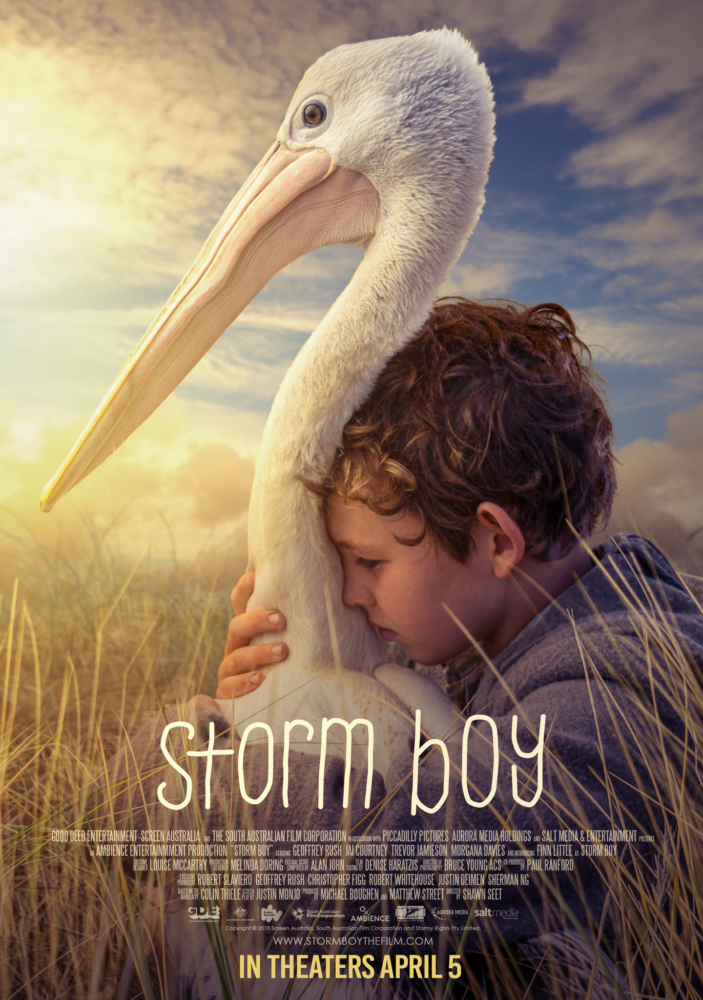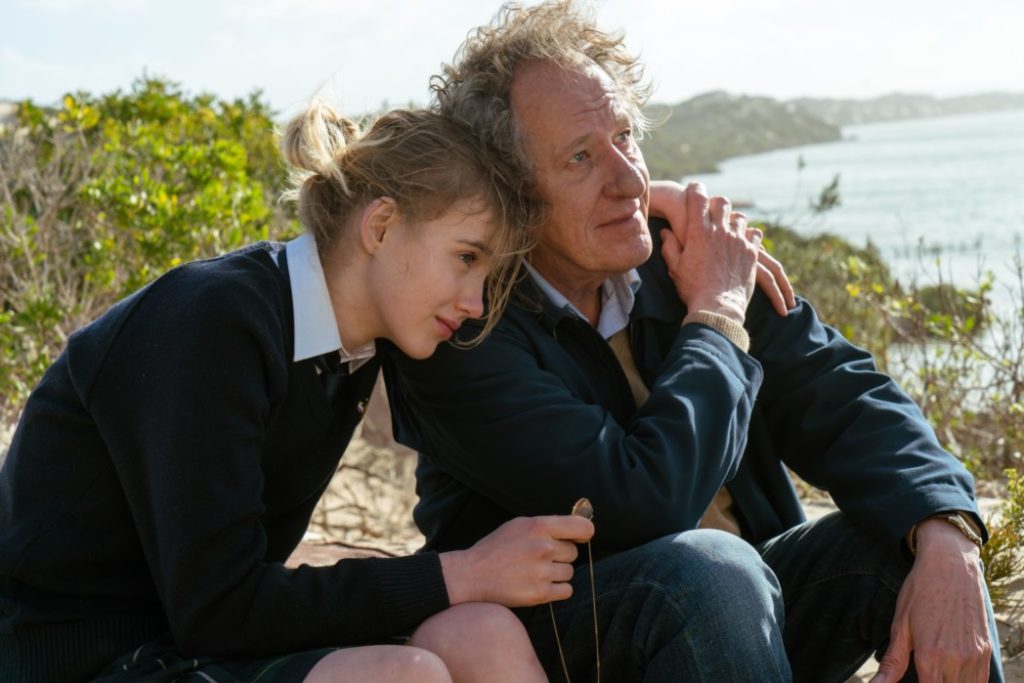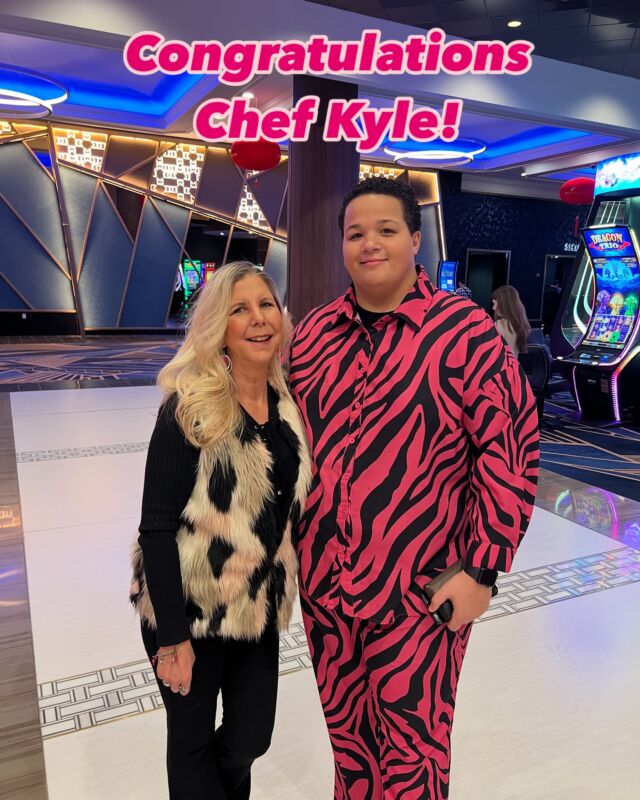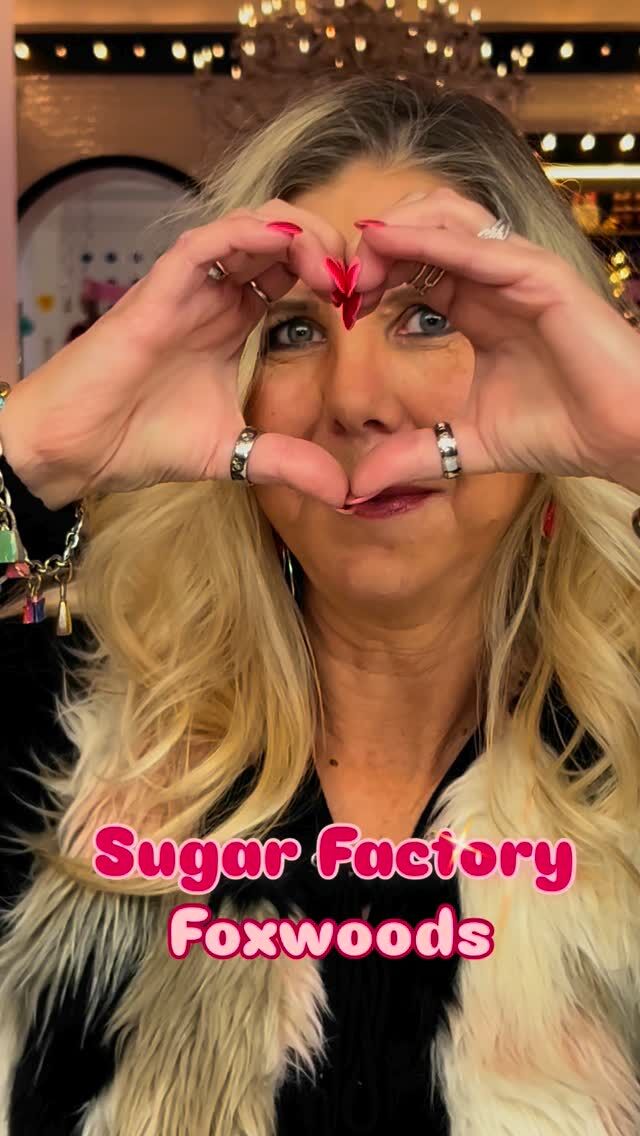Storm Boy which opened in theaters APRIL 5, 2019 now comes to DVD & Digital on July 2nd!

A beautiful and contemporary retelling of Colin Thiele’s classic Australian tale. ‘Storm Boy’ has grown up to be Michael Kingley, a successful retired businessman and grandfather. When Kingley starts to see images from his past that he can’t explain, he is forced to remember his long-forgotten childhood, growing up on an isolated coastline with his father. He recounts to his grand-daughter the story of how, as a boy, he rescued and raised an extraordinary orphaned pelican, Mr Percival. Their remarkable adventures and very special bond has a profound effect on all their lives. Based on the beloved book, Storm Boy is a timeless story of an unusual and unconditional friendship.

Starring Jai Courtney, Geoffrey Rush (Barbarossa of Pirates of the Caribbean), Finn Little, Trevor Jamison, Morgana Davies, Erik Thompson
Own your very own copy of Storm Boy on DVD by entering our giveaway!
PRIZING
One (1) winner receives:
- DVD – Storm Boy
Open to US mailing addresses only
Enter:
-
- Tell us your favorite childhood memory
- Share on twitter (tag us so we see- @RachelFerrucci or just tweet from here!)
Family Movie Storm Boy Comes to DVD & Digital July 2nd plus Giveaway from @rachelferrucci – https://t.co/JwIglSxOJc #stormboymovie pic.twitter.com/HLPVicqFN3
— RachelFerrucci (@RachelFerrucci) July 1, 2019
- Share on Facebook (tag us so we see @Tools2Tiaras)
- Comment on an Instagram post – RachelFerrucci
A NEW TELLING OF A CLASSIC TALE
Colin Thiele’s novella Storm Boy, which tells the story of a young boy and his extraordinary friendship with an orphaned pelican on South Australia’s remote Coorong National Park, has enchanted and moved Australians for over half a century.
Sydney based producer MATTHEW STREET (TOMORROW, WHEN THE WAR BEGAN, THE BANK JOB, W, THE MESSENGER) had studied the book in primary school, as many Australian school children still do, a memory that drew him in 2013 to take notice of a new stage adaptation.
“The Barking Gecko Theatre Company from Western Australia was staging the play in partnership with the Sydney Theatre Company,” recalls Street. “I tried to book tickets for myself and my 11-year-old son, but it was sold out. I returned to the Ambience Entertainment office and told my producing partner MICHAEL BOUGHEN.”
Boughen (TOMORROW, WHEN THE WAR BEGAN, THE LOVED ONES, KILLER ELITE) continues: “I said to Matthew, ‘I didn’t know it was a play’ and he said, ‘Yes, and the season is fully booked out’. That started me thinking about the Storm Boy phenomenon. I started to explore the possibilities, spoke to the publishers and within about a month Ambience had secured the film adaptation rights.”
Street and Boughen had both seen the 1976 film adaptation and strongly recalled the emotional connection they had with it.
“I was probably the age of Storm Boy at the time, maybe a little younger,” says Street, “and the film was dealing with life issues that were relatable to me, as a kid, but to adults as well.”
The producers recognised that the themes of Thiele’s 1963 book are just as relevant, and in some ways more so, today.
“The themes are universal,” says Boughen. “The story deals with friendship, with love, with family, loss and hope. It also deals with ecological issues. It’s not overplayed, but there is a message in it that we need to look after what we hold dear, for ourselves and for future generations.”
From the outset, the producers wanted to ensure that the new film would have at its centre the spirit of what makes people want to read Thiele’s book more than 50 years after its first publication.
However, STORM BOY would not be a remake of the 1976 film. As such, Boughen and Street decided to remain true to Thiele’s original setting; the late 1950s. Additionally, Storm Boy’s tale would be set within a contemporary framework, an additional layer that would give the story and its lessons a new resonance and relevance. This new storyline would imagine Storm Boy as a grandfather and extend the exploration of issues around land and the conservation of the environment.
Screenwriter JUSTIN MONJO (THE SECRET DAUGHTER, SPEAR) was brought in to work on the adaptation, a process that would continue through the next several years.
“Our STORM BOY is a complex story in many ways,” says Michael Boughen. “We spent the next three years writing the script, physically engaging with it, working out the nuances, understanding the journey of each character.”
With an early draft script in hand, the producers began looking at possible directors, wanting to find someone who was passionate about the story and who would be able to draw out the delicate emotional nuances required of the performances and the storytelling.
SHAWN SEET (TWO FISTS ONE HEART; DEEP WATER; THE CODE) came up early in discussions because of his body of work and his ability to work with actors to create complex performances.
“From the day I met Shawn, my thoughts and Matthew Street’s thoughts never changed; he was the right person,” recalls Boughen. “The film charts a difficult emotional journey, which would feature a child in the lead, as well as animals, but Shawn understands performers and what they need. He was someone whom we knew could blend all the complex elements together and maintain the focus of the story. From day one, we shared the same vision and never strayed from that vision.”
The producers were particularly taken with Seet’s deep and long-standing connection with the story. “When Michael Boughen asked me to come into the office and told me what the project was, it hit me like lightning,” says Seet.
“I was born in Australia but grew up in Malaysia and came back when I was 12 to live with my mother’s family. My uncle educated me by taking me to see Australian films and one of the first he took me to was Storm Boy. It was the era of the film renaissance in Australia, and there was a great optimism and pride in local films. I still have the film poster at home, so when Michael told me he wanted to make this film, I felt it was meant to be.”
On reading the book again, as well as the draft screenplay, Seet was struck by the ways in which the story allows for a very intimate and individual experience.
“A lot of what resonated for me was the simplicity of their life, the respect for nature and the father and son story,” says Seet. “Moving back to a simpler life are issues and themes that resonate now. We are in a hurly burly world of phones and computers and I think there’s a great desire in people to return to a greater harmony with nature. That’s something I really wanted to capture in this telling of the story.”
Sitting alongside Storm Boy and his father Hideaway Tom is the character of Fingerbone Bill, a Ngarrindjeri man. The participation and involvement of the Ngarrindjeri would be vital, as the film is set on their land, and represents their heritage and culture. The pelican (Nori) is a totem of the Ngarrindjeri.
“The film touches on land rights issues and that’s incredibly relevant today, when I think we’ve still got a long way to go in terms of our relationship with Indigenous people,” says Seet. “We wanted to make the Indigenous aspects in the film absolutely accurate. It’s a sacred place to the Ngarrindjeri and the story has come out of that. To tell a story about unconditional love and living in harmony with the land and with nature could not be told without their help.”
Street continues: “It was very important to us to connect with the Ngarrindjeri people and for them to be actively involved and grant permission for us to film on the Coorong. I think they knew that we would be very respectful to their ways and beliefs.”
“The Ngarrindjeri people assisted us, consulted with us on script, on language and on custom,” adds Boughen. “We wove all of that in to create a more fully formed and truthful story, beyond what was already a great script by Justin Monjo.”
In Thiele’s book and in the 1959 narrative in STORM BOY, the environmental issue explored concerns whether a Coorong bird nesting area will continue to be designated as a hunting ground, or transformed into a conservation sanctuary. In the film’s contemporary narrative, the film touches on the issue of mining and its impact on the environment.
Producer Matthew Street says: “It’s about finding a balance, a balance between human society and not over-exploiting nature and natural resources. That’s what was explored, I think, in Thiele’s work, and hopefully we’ve done that justice in our telling of the story.”
To portray Michael Kingley — Storm Boy as an adult — in the present day scenes, Shawn Seet and the producers had one person in mind: Academy Award® winner GEOFFREY RUSH (SHINE, THE KING’S SPEECH, PIRATES OF THE CARIBBEAN). They approached the actor during development, in order to allow Rush to be involved in the process of refining the script.
Producer Michael Boughen says: “We were extremely lucky that Geoffrey Rush connected with the project. Geoffrey would bring gravitas to the film and to the role, but for him, as it was for us, the script had to explore the story in a way that was really worth the retelling.”
Rush, who also came onto the film as an Executive Producer, says: “I got involved because Shawn Seet, Michael Boughen, Matthew Street and Justin Monjo explained to me the nature of the reinvention of the story for a contemporary audience, of trying to find a door that we could open from 2017 to look back on the story that Colin Thiele set in the 1950s. I hadn’t done an Australian film for a couple of years, and sometimes roles come up that you think, ‘Wow, this sounds fantastic’.”
Geoffrey Rush had never seen the 1976 film, as he was studying in Paris when it was released and chose not to watch the film once he was on board.
“I looked at the trailer of the 1976 film because I wanted to see how it played,” recalls Rush, “and then I read the short story, after reading the screenplay. Colin Thiele awakens your imagination. It’s very interesting to look at how minimalist it is. I think it’s only 50 pages of writing and it’s a fable, so the idea for the film of Storm Boy in his late 60s telling his granddaughter what his experiences were as he was moving from childhood into adulthood; him telling it as a fable is wonderful because it connects as personal memory rather than ‘and then I did this, and then I did that’.”
The key was to craft a script in which the transitions between the two periods were handled with deftness and purpose.
“It had to have a poetic ease to it, so that no one thinks they’re going to watch a film about somebody narrating it,” says Rush. “Justin Monjo very skilfully echoed the simplicity of the childhood story into the contemporary story, taking some of Thiele’s very sensitive language and incorporating that into the screenplay. It was so visual to read. There were heart stopping moments; it’s thrilling storytelling, and very emotive to see a young child being awakened into such a love of the natural world.”
The producers and director Seet wanted to shoot the film in South Australia, which would require support from the South Australian Government through the South Australian Film Corporation, as well as from Screen Australia.
“Both organisations were incredibly supportive, both financially and in our early days of working through the difficulties of financing a film,” says Michael Boughen. “Financing a film is no easy feat, and particularly one that we wanted to make with an international cast and international appeal. Audiences outside Australia generally don’t know Storm Boy as a book or a story, so the international appeal is the relationship between a boy and his best friend; a theme that we believe will resonate with audiences around the world.”
The producers were proud of the way the film was developed, produced, and the messages it will convey to Australian and international audiences, which remain true to the spirit of Thiele’s story. “If Colin Thiele was alive today,” says Matthew Street, “I hope he would give the film his blessing.”
Michael Boughen adds: “A wonderful script was the starting point, then having Shawn on board, then Geoffrey, and the rest of the incredible cast and crew. There wasn’t a day that I didn’t enjoy filming, in watching scenes come together. I’m incredibly excited and very, very proud of what we achieved.”
Connect with Storm Boy
Website: https://stormboythefilm.com/
Instagram: https://www.instagram.com/stormboymovie/
Facebook: https://www.facebook.com/StormBoyMovie/
Twitter: https://twitter.com/GoodDeedEnt







 Sneak Peek at Sugar Factory’s Valentine’s
Sneak Peek at Sugar Factory’s Valentine’s